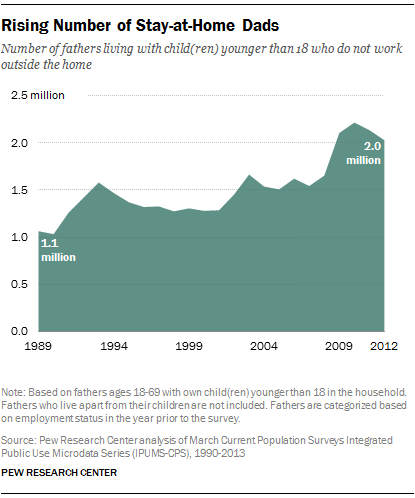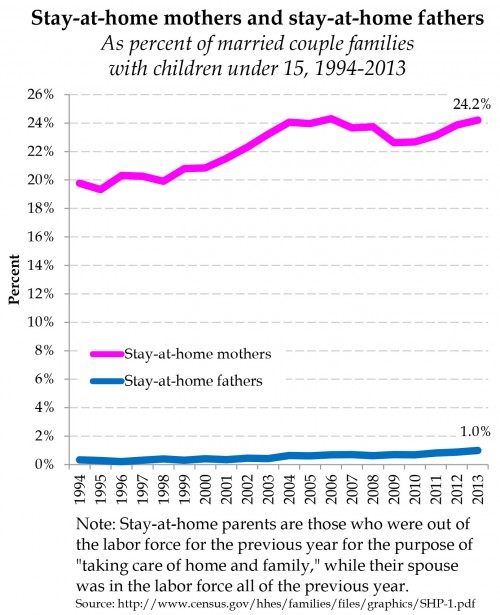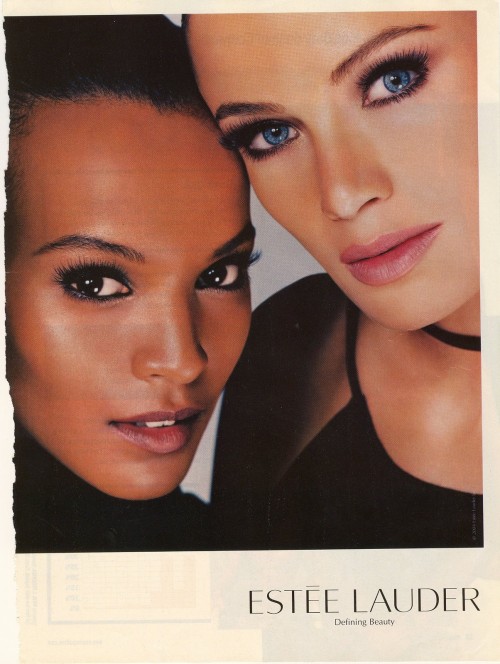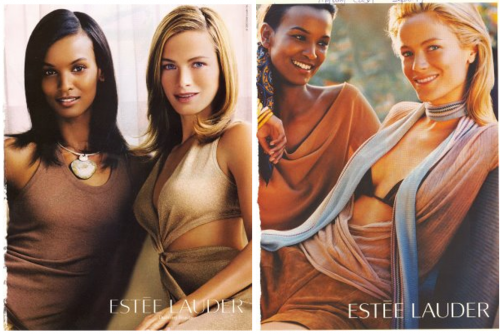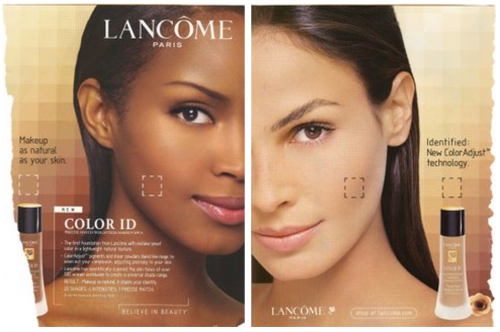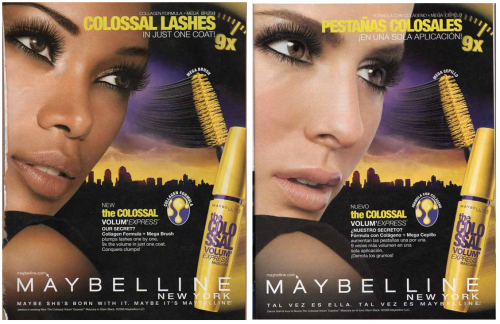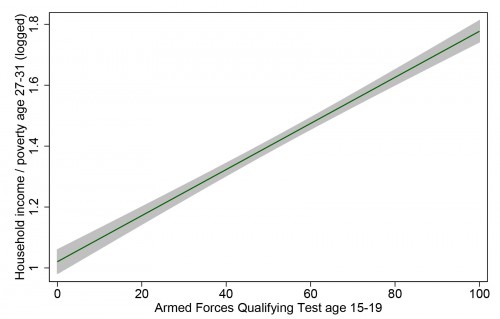Flashback Friday.
Below is a remarkable commercial in which a white woman is told that if she buys Pampers, the company will donate vaccines to children in other countries. Thanks to Kenjus W. for the submission.
It is an example of “activism by purchase,” which we have discussed at length on this blog. Apparently Pampers will only help keep babies alive if you buy their product. How nice of them.
It’s also a fascinating example of the way in which white Westerners are seen as rescuing the rest of the world. This white mother with her white baby represent the West (erasing the diversity of people who live there). And she and her baby are counterposed to all the other mothers and their babies representing different racial groups (which are assumed to be coherent categories, even continents).
In the narrative of this commercial, all women are bonded by virtue of being natural nurturers of babies (and I could take issue with that, too), but the white Western woman is the ultra-mother. They may be sisters, but there are big and little sisters in this narrative. The babies run to her as if drawn to her ultra-motherhood and she treats them all, just for a moment, as if they were her very own.
Pampers wants you to think, of course, that when you buy a pack of Pampers, you are “helping” Other mothers and can save those Other babies.
This is just another manfestation of an old colonial belief, the white man’s burden, or the belief that white men had to take care of the rest of the world’s people because they were incapable of taking care of themselves.
Great find, Kenjus!
This post originally appeared in 2008.
Lisa Wade, PhD is an Associate Professor at Tulane University. She is the author of American Hookup, a book about college sexual culture; a textbook about gender; and a forthcoming introductory text: Terrible Magnificent Sociology. You can follow her on Twitter and Instagram.

